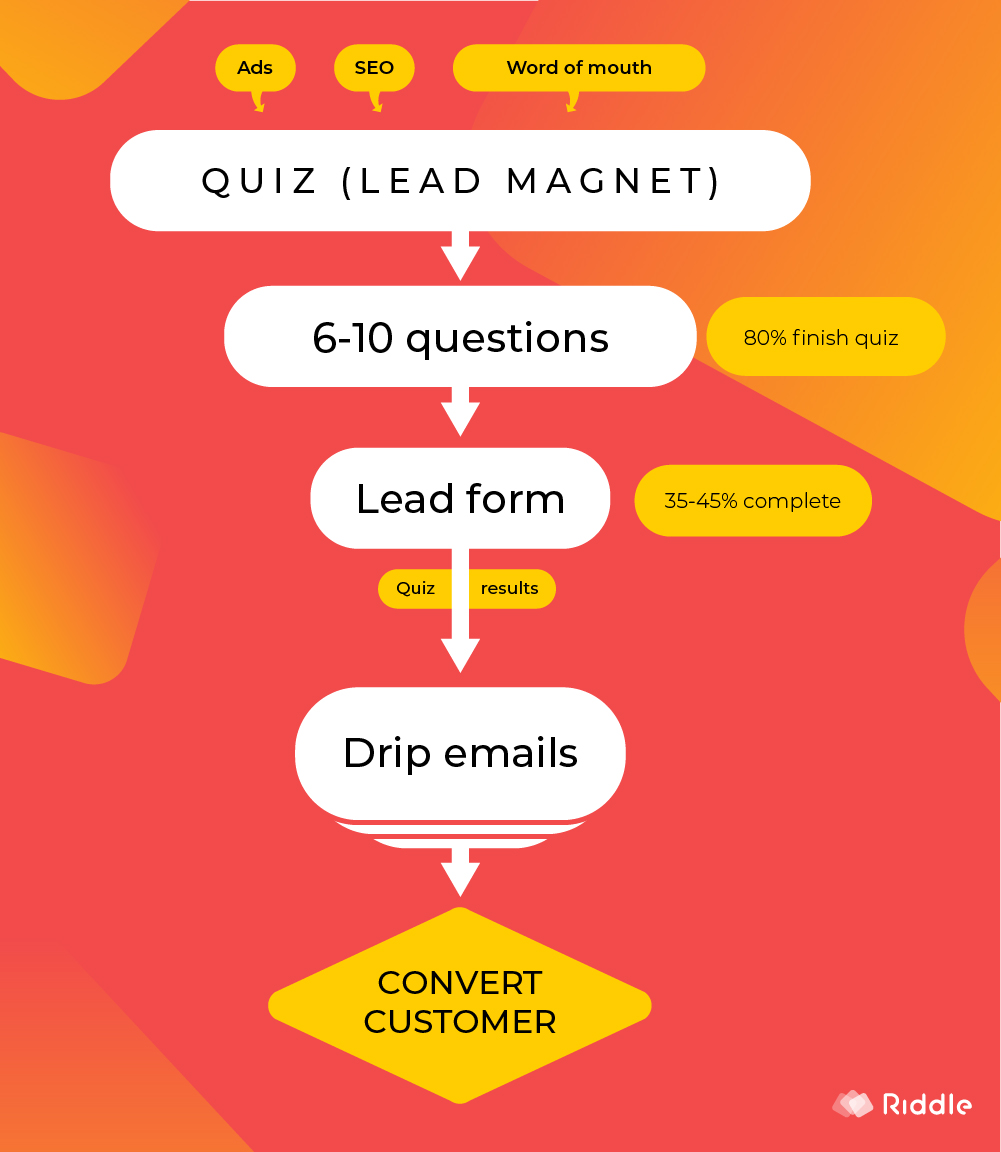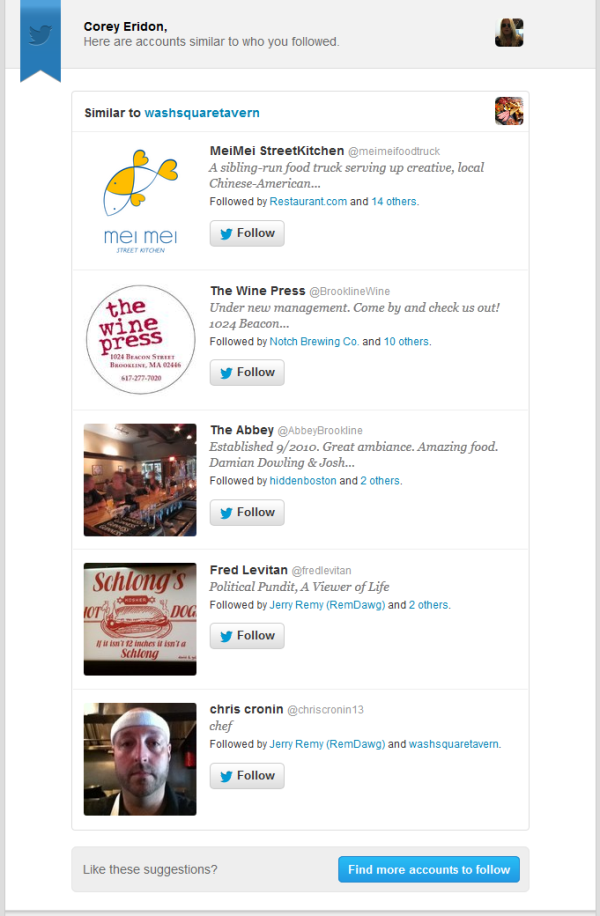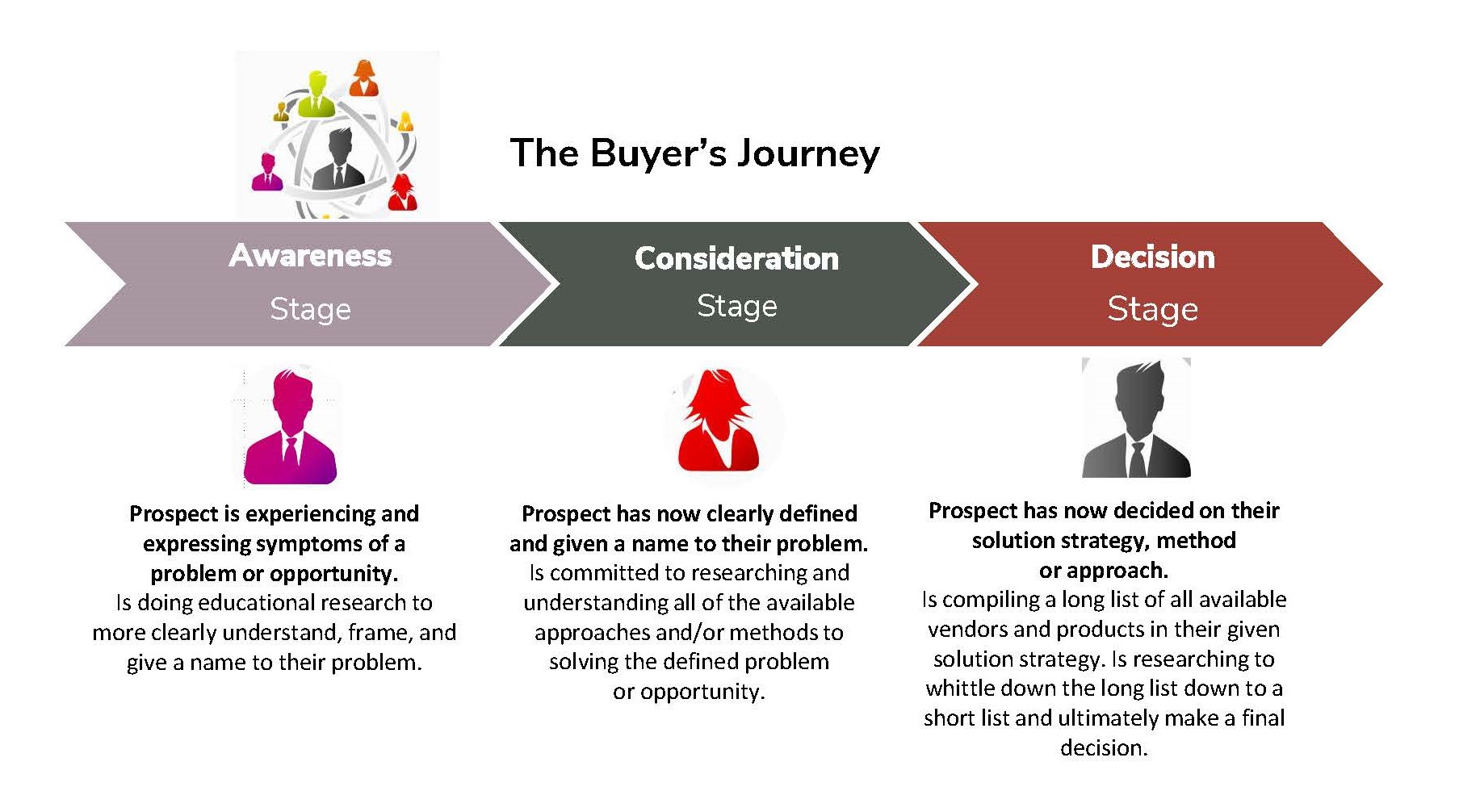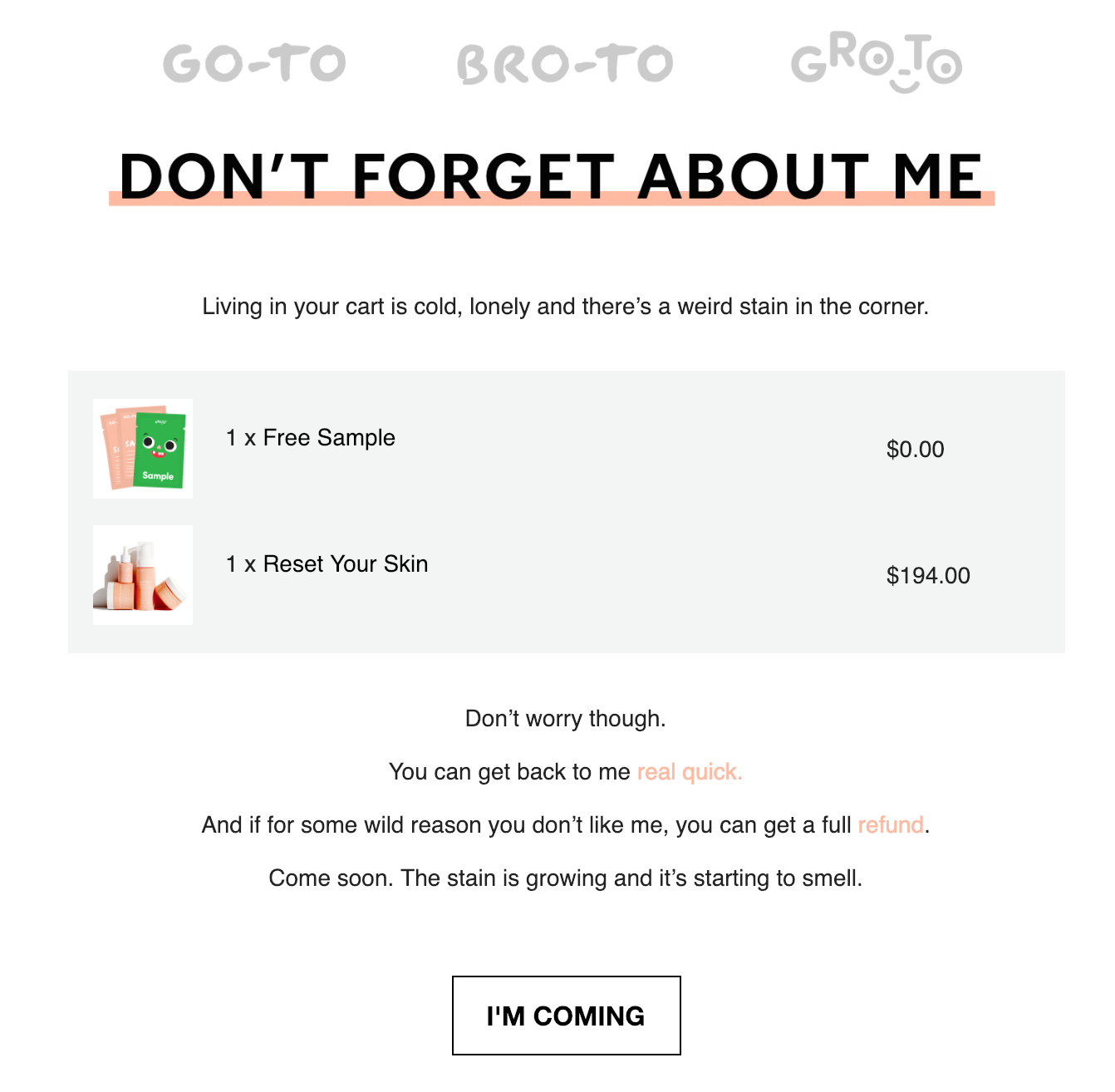The Effective Guide on Email Automation for Highly Personalised Marketing Messages
We constantly hear that emails are one of the highest return on investment yielding approaches to personalised promotion. On the other hand, it really takes time, knowledge, and automation skills to make an email campaign work. For an email message to keep the reader’s attention, it needs to be well structured, direct, and personalised. Tailoring […]

We constantly hear that emails are one of the highest return on investment yielding approaches to personalised promotion. On the other hand, it really takes time, knowledge, and automation skills to make an email campaign work.
For an email message to keep the reader’s attention, it needs to be well structured, direct, and personalised. Tailoring emails one by one seems like an insurmountable task, but this is when automation skills and proper user segmenting come into play.
Is Email Personalisation Worth it?

The effective ways to personalise your email messages and campaigns are limited by the type of business you are operating.
The main key to success here is segmenting your data properly to each and every subscriber and using it in your favour in the form of a hook. The simplest thing to do is to use the first name of the recipient, like in the image shown above.
“Hello, James!”
Things get more difficult when you are basing your marketing emails on complex information about certain users, such as purchasing history, interests, or remarketing.
Taking these few extra steps can sometimes increase conversion rates by more than fifty per cent.
Before starting a similar campaign, a few things have to be understood:
- Study the recipients. Segment them into personas.
- Target the personas with personalised messages. Make copies of these emails for each persona.
- Research when the best time to send the emails for the separate personas is. With email marketing, timing matters.
Not only do personalised emails feel more genuine and trustworthy, but they also set the basis for future partnerships.
All right, you want to start? Now what?
To personalise emails, you need Customer Data
Even if you have the most creative ideas, if they don’t resonate with your audience, they are very unlikely to work.
And while you could work with imaginary marketing personas, they aren’t always very accurate. You need real data points.
What are some of the best ways to get them? (Without violating the privacy of your own users.)
#1 Quizzes

With the help of a quiz, not only could you get very specific user data, but you can also gather a few email addresses to add to your list. Learn more about how to exactly formulate a working lead magnet with the help of a quiz in Riddle.com’s article on the topic.
Here are a few of the most important tips here:
- When structuring a quiz, always ask relevant questions about your product or service.
- Make the subject feel that they are performing the quiz for their own good. (Getting a more personalised experience afterwards, thanks to answering the questions.
- Reward them for finishing the quiz with results, bonuses, discounts, etc.
A smart way of getting emails here is to send the important answers that the users are expecting from the quiz via email. (Of course, for that reason, you ask them to type in their email address.)
#2 Chatbots can gather information

Not only can a chatbot relieve you of some responsibilities like some of the initial customer support questions, but it can also gather information automatically by prompting responses from the people it interacts with.
A chatbot can be used to extract more information than just an email address. Complex bots can be set up to ask many questions to tailor the experience of the user. Moreover, the gathered information can be linked to the majority of databases or analytical software like Power BI.
#3 Newsletter and Sign-Up Forms

Are you running a SaaS business (Software as a service)? Then, make sure to offer a demo to your potential clients, if possible. This would allow you to extract some information from them for free.
Moreover, if your service is a good, irreplaceable solution to their problem, they are most likely to upgrade to a paid membership to keep using it.
For products, you can easily offer discount coupons like the one in the image above. After signing up, people would receive the code.
This way, not only do you inspire them to purchase as soon as possible, but you also get their email and details. Two birds with one stone.
#4 Purchasing history
Perhaps, this is the easiest information to acquire, yet the most complex to use.
Spotting patterns, trends, and certain behaviours among your segmented audience is the key to establishing ideas of how to target separate segments with personalised messages.
How to segment your audience for Email Marketing?

Organised segments make things much easier for email marketers. There are many types of segmenting in general, but for email campaigns, four or five types do the trick. Our favourites email segmenting methods are listed below.
#1 Using Purchasing History for segmentation
The good thing about purchasing history is that you know exactly what your customers are into. The bad news is that you need customers that have already made a purchase, and it isn’t any good for acquiring new clients.
On the other hand, you can use purchasing history to further segment users into:
- Recent Clients. (Users that have made a purchase in the last 7 days.)
- Potential Clients. (Those who haven’t made a purchase yet, but signed up.)
- Repeat Clients. (Those who have purchased more than once.)
- First Timers. (Self-explanatory. You can offer those a discount or coupon for the next purchase, to convert them into repeat clients.)
- Lapsed Clients. (These are users that haven’t purchased anything from you in the last six months, but used to do so before.)
By segmenting users like this, you know how to approach them later on with different messages. Make repeat clients feel special, invite lapsed clients with new offers, similar to the ones that lured them six or more months ago, and offer discounts to first-timers to entice them in becoming repeat customers.
#2 Using Self-Segmentation
Self-segmentation is a smart way to both facilitate the user experience of your customers and gather data at the same time.
If your platform follows a triangular business model and serves the needs of various segments of users (businesses and customers), then make sure they can differentiate themselves at the beginning of their browsing.
Moreover, feel free to ask them questions that would improve their experience, and your data at the same time.
Such questions can be formulated in a smart way that entices answers as soon as possible such as:
- What is your location? (We offer personalised discounts for all states. Discounts vary. Find out if yours is the highest.)
- Field of operation for your business. (This way we would improve your experience and tailor the features of our services to your needs.)
- Price range. (How much are you willing to spend on X, Y, or Z) – by doing this, you can target them with specific offers within a certain price range.
#3 Using Behavioural patterns for Email Marketing Segmentation
User Behaviours can often be influenced by purchasing history.
For example, you can segment people into groups, based on:
- Preferences
- Needs
- Browsing Data (What products they visited.)
- Likes & Dislikes
- Social following (Like the Twitter example, in the bottommost part of the article.)
With the help of these criteria, you could segment your audience into cat lovers and dog lovers, in the case of running an e-commerce pet store. This would greatly facilitate your email marketing.
#4 Demographics (User Data)

This is a more basic approach that still works. If you have a large enough following, you can easily segment your users by age and gender.
Knowing that the majority of your customers are female users between 25 and 34 gives you the advantage of actually focusing on selling products and services that satisfy the needs of those customers.
For example, if your website sells many types of products, you don’t want to promote a female epilator device to your male audience, unless they’ve previously been interested in it. (Perhaps as a present to their spouse?)
Now that you have the information you need, how do you structure a personalised email?
What do you personalise in an Email Message?
Of course, using the recipient’s name is the first step.
Aside from that, as mentioned above you can easily add in some of these details to your personalisation process:
- Their Location. (Offering discounts or promos in their state. Segmenting people by state.)
- Age. (Rarely mention their age in the email, but you can send different emails to people of different ages.)
- The industry they are in. (Is your product used in many industries? If they are in marketing, send them a marketing email. If they are in finance, a finance one.)
- Purchasing History. (Offer them a similar product that compliments their purchase.)
- Browsing History. (Have they been looking at a product on your website? Have they put something in their cart and abandoned it? Urge them to make a purchase.)
These are some of the things you can mention about an individual but where do you put them in the email and how to ensure that they would read it, in the first place?
The first thing a recipient sees is the subject line of the email.
#1. The Subject Line of the email

In most email platforms, not only would the recipient see the subject line, but they would also be able to read the start of the email message and see the sender’s details.
In this particular example, LinkedIn has put the CTA (Call to action) of their email at the beginning, so that they force the person to act, even without opening the email.
Studies show that personalised subject lines can increase the clickthrough rate of the email by more than fifty per cent. For example, if you’ve segmented your user base and know that the subject is a skateboard user, write a personalised skateboard subject line for all people within the segment. Also, include their name.
In the example above, “Amreen” is apparently in the segment of loyal users.
#2. Personalised Videos and Imagery within an Email Message

While the text is what matters in the email, images and videos shouldn’t be neglected. Especially, if your audience is younger.
Following the example above, if your product targets a few user segments, and one of them is skateboard users, attach a few skateboard images in the email. Make it more to the taste of the segment you are sending it to.
Sometimes, you can’t get the best idea of how to incorporate the segment’s exact interest into the email. Well if skateboards don’t fit, what else do skateboard users like? Graffiti, underground lifestyle, hip-hop, etc. So go for urban styled elements within the message.
#3. The Email Message’s Copy

Depending on whether you are sending B2B or B2C emails, you should think of the structure of the email, as well as the salutation and type of addressing.
In the example given in the image above, Twitter is keeping things very simple.
- The subject line – is self-explanatory. (Accounts similar to what you’ve followed)
- The copy – There is practically only the visualisation of the accounts to follow
- Call to action – (Find more accounts to follow)
The reason why this works here is that Twitter has so much data, it can usually pinpoint very similar accounts that the user is already aware of but hasn’t followed just yet. With less data, this approach isn’t recommended.
Structure and elements
The structure and elements of the email message mainly depend on your goal. If your recipient is a customer, and you have browsing and purchasing data, you should use all the information you have.
If you are into e-commerce clothing and apparel, segment people by the sizes they wear, aside from anything else. This way you can send them product recommendations that fit them right away.
You can include other things in congratulatory or thank you emails such as:
- Personalised statistics (If you are running a charity, or there is something the user can be proud of.)
- Amount saved until now (Via discounts)
- When they first started. (Time together on the platform.)
- Wishing them a happy birthday, holiday, or anniversaries.
#4. Segment CTAs and Landing pages

If you have the data, and you’ve already segmented your audience, why not take a step forward and create different landing pages to match your audience’s needs.
If you are running a platform that serves both B2B and B2C needs, segment your audience and create separate landings for your email campaigns.
There are obvious needs that B2C customers have that don’t really interest businesses and vice-versa. (This is true for both products and software as a service.)
When is the best time for email marketing?

Knowing the few stages the customer goes through in their buyer journey is important.
- The Awareness Stage. This is when you typically advertise and position yourself as a brand.
- Consideration Stage. The prospect is looking for a solution to their problem. Here you usually send them cold emails or follow-ups on lists they’ve enrolled in.
- Decision Stage. This is where people usually reach your website’s cart and sometimes abandon it.
#1 Use abandoned carts as an opportunity

All abandoned carts should be followed up with an email that entices the user to go back and finish their purchase. You can use:
- Coupons to inspire them.
- Discounts
- Bonuses, free samples (Like in the image.)
- Memberships
They are already interested in the product, but something made them close the page. They might have been distracted. Invite them again.
The best time to send an email after an abandoned cart is estimated to be within 1 hour of the time of the event. Moreover, two to four emails are a good estimate of how many messages you should send within the first week of someone abandoning a cart.
#2 Thank you Emails and Post Purchase Emails

Has someone signed up? Congratulate them and offer them something.
Let them know, that you appreciate them coming to your website. If they’ve made a purchase, offer them a discount on a future purchase or a free sample, bonus or membership.
Posh-Purchase emails are also a good time to send surveys and gather even more user data.
Another form of post-purchase email is post-delivery email. When the user receives the product, ask them for a review on the product, and send them additional offers alongside it very subtly.
The next level in email marketing optimisation
If you are familiar with all of these examples, there are more things to do to further optimise your email campaigns.
Once you’ve become a master of gathering data, user segmenting and personalising your emails, there are things that you can twitch here and there to increase conversions. To do so:
- Rely on A/B testing. You can test CTAs, buttons, text, and images in your emails.
- In order to increase the number of emails in a list, entice your users to sign-up with the help of hooks, discounts, and free content such as e-books, videos, and pdfs.
- Let your recipients see that the sender of the email isn’t your company, but a trustworthy employee like a manager or marketing personnel. That makes things personal.
- Make sure all of your emails match your brand. Use the same colour templates, similar images and tone.
Conclusion
Writing an engaging and personalised email is no easy task. You need to learn how to properly gather data and perform proper segmenting.
Personalising emails can yield amazing results in terms of click-through rates and conversions. If you lack the resources to devote to an extenstive email marketing campaign, at least make sure to personalise the subject lines of your emails and address the users by their names if you have the data. That alone can improve your messages.


